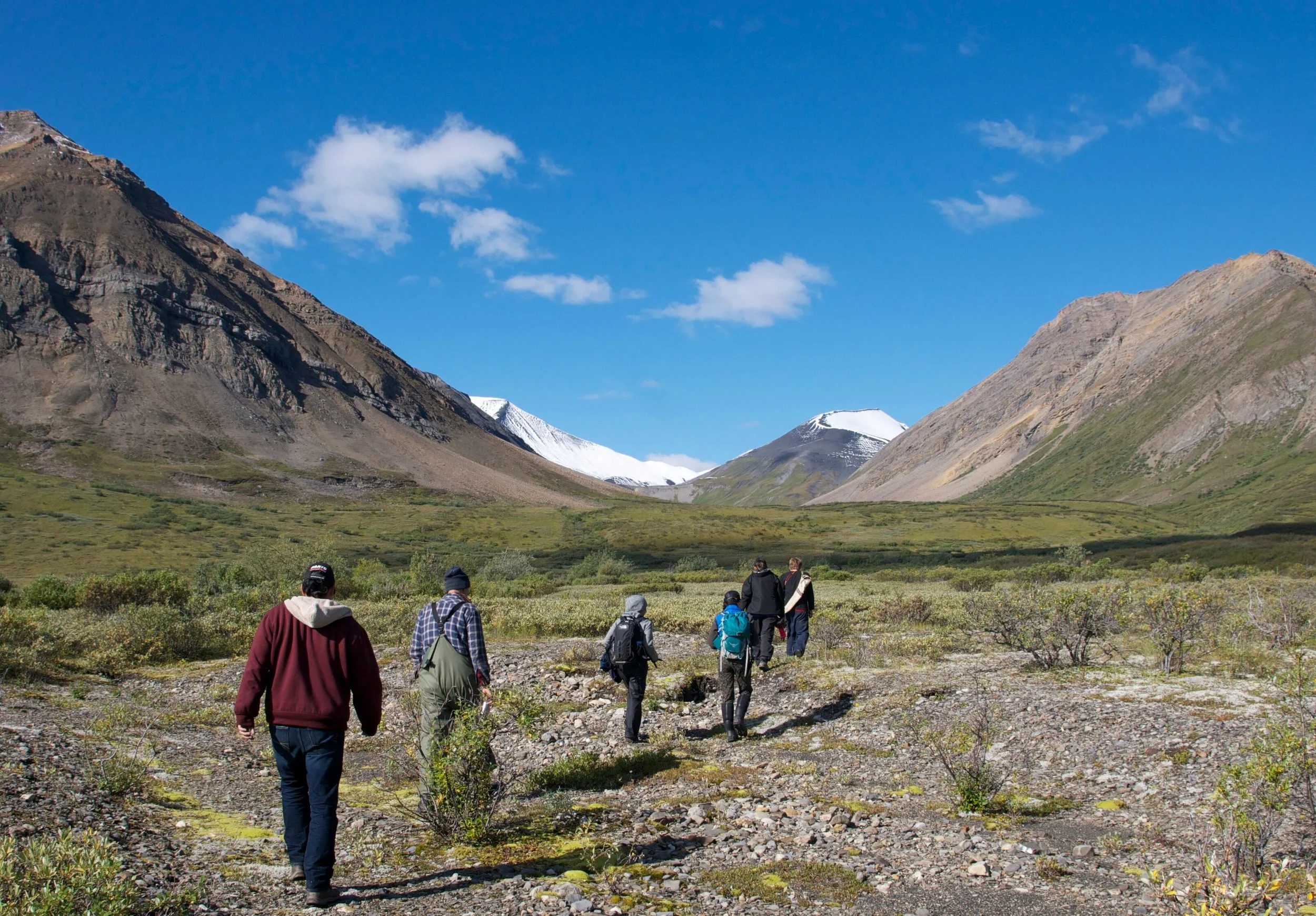The pressure is on for us to act. Not only is Canada expected to meet our 2020 commitments, but time is also running out for nature itself. Thankfully, Canada has a powerful partner in sustaining biodiversity: Indigenous nations.
Read MoreIt’s hard not to be optimistic when conservation gains of such immense scale have occurred just in one year alone. The coming year has the promise of even more—and bigger—good news.
Read MoreSweeping stretches of the Boreal Forest gained protection this year thanks to the leadership of Indigenous Nations. And the future looks even brighter. As Canada prepares to meet 2020 conservation targets and commit to new goals for 2030, the Indigenous-led proposals advanced this year will set Canada on a path to international leadership.
Read MoreThese are real solutions to averting the worst possible future outlined in the Audubon study for birds and, by extension, for us humans: we breathe the same air, drink the same water, and endure the same temperatures as the birds.
Read MoreThe region where billions of North America’s birds are born remains largely healthy and intact. Every year, 3 to 5 billion birds emerge from Canada’s Boreal Forest. We still have a chance to protect these nesting grounds on a grand scale and give species the best chance of surviving into the future.
Read MoreIt is exciting to see that in Canada’s Boreal Forest region, Indigenous governments are already working hard to do their part to conserve the land and its carbon stores—a vital part of slowing the impacts of climate change as described by the authors of this new IPCC report.
Read MoreIncrementalism and business as usual won’t save the planet. We must take bold, ambitious action to conserve the diversity of life. Indigenous Nations are stepping forward with proposals for achieving these goals. It’s time to support their leadership and partner in conservation.
Read MoreOn this International Migratory Bird Day, my thoughts are drawn to the places many of the birds passing though my backyard are headed: the Boreal Forest. Known as North America’s Bird Nursery, the boreal attracts up to 3 billion migratory birds each spring. Most boreal bird nesting grounds are sustained by Indigenous Peoples.
Read MoreIn the face of the dire findings in the Global Assessment Report on Biodiversity and Ecosystem Services, the examples of Indigenous communities working to protect their lands—including across Canada’s Boreal Forest—provide a bright beacon of hope for the future.
Read MoreNow is the time for Canada to demonstrate conservation leadership, both on the international stage and here at home. The Government of Canada can do that by working in partnership with Indigenous Nations as well as with provincial and territorial governments to help make these Indigenous protected areas a reality.
Read MoreIndigenous Guardians are caring for the land across the country. They are restoring animals and plants and managing protected areas. They are combining traditional knowledge and science and bringing youth and elders together. They serve as the “moccasins and mukluks” on the ground for communities, and their work helps conserve clean water and healthy land for all Canadians.
Read MoreAustralia shows how much can be achieved when governments make long-term investments in Indigenous Protected Areas and Indigenous land management.
Read MoreThe effort to conserve the world’s largest intact forest gained new ground this year. Progress stretching from the Northwest Territories to Ottawa helped ensure Canada’s Boreal Forest will continue to sustain animals and plants, clean waters and communities for years to come.
Read MoreThe International Boreal Conservation Campaign welcomes the Wyss Foundation’s $1 billion commitment to help protect the lands, animals and waters that support life on this planet. IBCC applauds the foundation’s focus on supporting on-the-ground conservation work, in particular the Dehcho First Nations’ management of the Edéhzhíe Dehcho Protected Area/National Wildlife Area.
Read MoreWhen Dehcho Grand Chief Gladys Norwegian and Environment and Climate Change Minister Catherine McKenna sat side-by-side and signed an agreement protecting Edéhzhíe on October 11, they demonstrated the power of a new conservation model.
Read MoreA sweeping stretch of black spruce, headwater lakes and caribou grounds west of Yellowknife has gained new protections thanks to the leadership of the Dehcho First Nations.
Read MoreProvinces and territories are focused on creating new parks and protected areas, and Indigenous Nations across the country are too. From the Sahtu in the Northwest Territories to the Misipawistik Cree Nation in Manitoba, First Nations are moving forward on conservation.
Read MoreIndigenous governments across the country are working to create protected areas that will sustain animals, plants, waters and lands for future generations. Our nations have enduring relationships with these places and caring for them helps us honour our cultural responsibility to the land.
Read MoreThe Government of Canada has made a major investment in protecting our lands and waters for future generations. The 2018 federal budget includes a $1.3 billion allocation to meet Canada’s international commitment to protect 17 per cent of its lands and 10 percent of waters by 2020 and points to the importance of Indigenous partnerships in achieving its conservation goals.
Read MoreIndigenous governments are caring for the land across the country. Many have embraced land use planning as a tool for determining what lands they want to protect and where they will allow development.
Read More



















